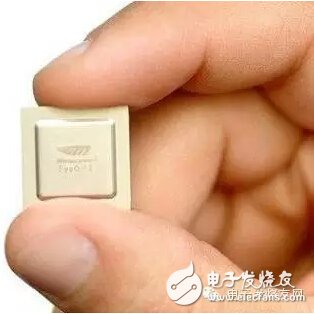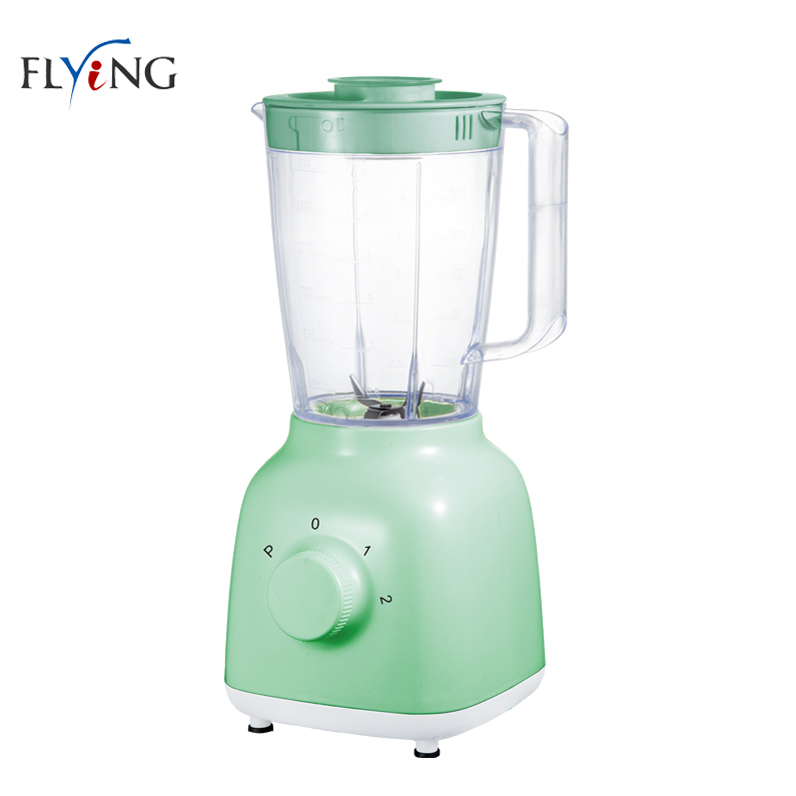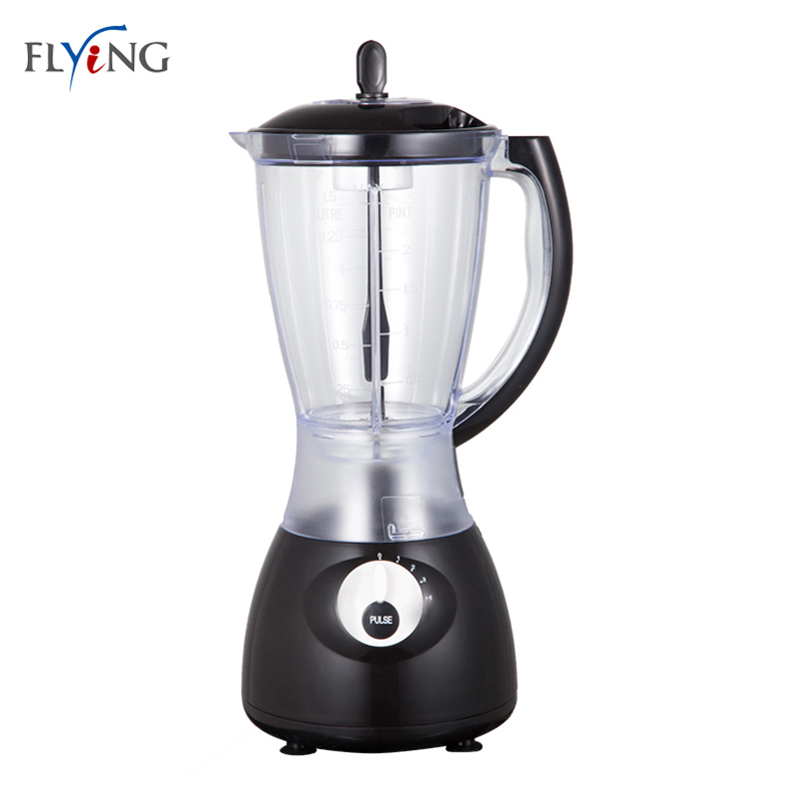As a non-new active protection technology, ADAS has received extensive attention in the industry in recent years. I believe many new cars are equipped with this product. But you may not know that in the ADAS market, one company has occupied 90% of the market share with several products. Even the world-famous Tesla is equipped with its system, and its market value is as high as 8.545 billion US dollars. The status of BAT, that is Mobileye from Israel.
Let's take a look at the power of this company.
Mobileye background
Before introducing Mobileye, I feel that I need to introduce you to ADAS:
ADAS (Advanced Driver Assistance Systems), which is an advanced driver assistance system, is one of the smart car technologies actively developed by car manufacturers in recent years. It is a technological advancement process that can reach the realm of unmanned intelligent vehicles in the future. The main function of ADAS is not to control the car, but to provide drivers with information on the working conditions of the vehicle and changes in the environment outside the vehicle, and to warn of possible dangerous situations, so that the driver can take early measures to avoid traffic accidents. occur.
Mobileye is a company that offers such products.
Mobileye was founded in 1999 by Professor Amnon Shashua and Ziv Aviram of the Hebrew University of Israel. Since its inception, Mobileye has defined its corporate mission to develop and promote a vision system to help drivers secure passengers and reduce traffic accidents while driving. It has a research and development center in Israel and branches in the United States, Cyprus, China, Germany and Japan.
Professor Amnon Shashua, one of the founders of Mobileye, is the international authority of computer artificial intelligence, specializing in the development of Computer Vision, which is how to let computers read useful things from images.

Professor Amnon Shashua
Do you want to know how high the company's technology is? We can use facts to prove that Mobileye has been listed since July 2014, and it has almost 100% success rate with other companies competing for the bidding of smart car safety equipment from major auto manufacturers.
Although Mobileye was founded in 1999, it was launched in 2007 with the Mobileye product. They spent eight years from research and development to formal commercial use. Time came to October 2013, Mobileye sold the 1 millionth product. From October 2013 to January this year, they sold 9 million units and sold a total of 10 million units. Among them, pre-installed products accounted for 80%, and after-load products accounted for 20%.
At present, Mobileye has more than 500 employees worldwide, and R&D personnel account for three or four hundred people.
The power of Mobileye
How good is Mobileye, first show you the data, according to the company's website: including Audi, BMW, Citroen, Ford, GM, Honda, Hyundai, Jaguar, Land Rover, Nissan, Opel, Renault, Toyota and Volvo. The internal car brands have a partnership with Mobileye. Mobileye has too many advantages. For example, the annotation of historical data of computer pictures, the accumulation of algorithms, and even the development of their own chips. Of course the chip has a historical background. These experiences are not something that other companies can surpass in a short time.
According to reports, Mobileye's current products are mainly a camera-based advanced driver assistance system (ADAS), its products include: front collision warning (FCW), front distance monitoring and early warning system (HMW), lane departure warning system ( LDW), pedestrian detection and collision avoidance system (PCW) and intelligent high beam control system (IHC).
The company's lane departure warning system uses a monocular graphics processor to determine the lane markings of the road and to measure the position of the vehicle relative to the marking line. It is characterized by the ability to detect a variety of marking lines (solid, dashed, box and cat's eyes). Where there is no marking line, the system uses the road boundary line to determine the position. The system fits three road model parameters of lateral distance, slope and curvature to improve alarm reliability. The system can also work in rainy and nighttime.
Before we talk about Mobileye products and technologies in detail, we have to tell you about the specific working methods of ADAS:
ADAS is composed of up to nine, including blind spot detection system, support type parking assist system, rear collision warning system, off-track warning system, mitigation and impact braking system, adaptive light system, night vision system, active distance control A system consisting of a cruise system, a collision prevention system, a parking assist system, and even more functions. Each system consists of three main programs:
(1) Collection of information, different systems need to use different types of vehicle sensors, including millimeter wave radar, ultrasonic radar, infrared radar, laser radar, CCD \ CMOS image sensor and wheel speed sensor Wait to collect the working state of the vehicle and its parameter changes, and change the changing mechanical motion into electrical parameters (voltage, resistance and current). For example, the lane departure warning system uses CMOS image sensors, night vision. The system uses an infrared sensor, adaptive fixed speed control, radar is usually used, and parking assist system uses ultrasonic waves.
(2) an electronic control unit (ECU) that analyzes and processes the information collected by the sensor, and then outputs a control signal to the controlled device;
(3) The actuator, according to the signal output by the ECU, allows the car to complete the action execution.
Machine vision technology has developed rapidly in recent years, and most businesses are attempting to enhance the ability of devices to detect objects by increasing the camera's vision or adding radar. Mobileye has taken a different approach, using a single camera with sensors and proprietary algorithms to perform object detection tasks on a single hardware platform. This makes the device installation program much simpler and the cost is greatly reduced, which is favored by major car companies.
Simply put, Mobileye meets all the requirements of a car's safe driving system with just one camera. Mobileye has six key technologies to protect drivers and pedestrians:
Front Collision Warning (FCW): The FCW is in operation when the system is turned on. The vehicle speed is effective at 0-200km/h, and an alarm is issued within 2.7 seconds before the collision with the preceding vehicle.
Pedestrian Collision Warning (PCW): The PCW is operational at speeds ranging from 1km/h to 50km/h and alerts when there is a possibility of collision with a pedestrian in front.
Lane Departure Warning (LDW): The LDW is active at speeds above 55 km/h and alerts when the driver inadvertently deviates from the lane. If a directional light is used during lane change, no alarm is issued.
Vehicle Distance Monitoring Warning (HMW): The HMW measures the distance to the vehicle in front in seconds. A danger alert is issued if the set distance is approaching.
Urban Forward Collision Warning (UFCW): When the distance between the object and the front bumper is less than 1.6 to 2.0 meters (the driver can adjust the safety distance by itself), the system will alarm the impending danger; UFCW is at 1- It is in operation at 30km/h.
Intelligent High Beam Control (IHC): On a dark road, the front headlights of the vehicle can be controlled without a vehicle nearby, automatically switching from low beam to high beam.
The Coca-Cola Europe Group's delivery vehicle has significantly improved the driver's driving level since the installation of Mobileye's anti-collision alarm system. A US transportation company verified and compared the impact of installing the Mobileye system on the cost of traffic accidents. The results show that for every 100 miles (160km), the accident rate of unequipped vehicles is 1.4 times higher than that of equipped vehicles.
Mobileye's unique global technology has quickly captured more than 70% of the global market share of car safety driving systems.
Exclusive smart car concept bonus
Mobileye's technology has had a huge impact on the entire automotive industry. Since 2007, the driver assistance system chip EyeQ chip has been installed in the car. By 2012, the global deployment of EyeQ chip exceeded 1 million. As of now, 3.3 million vehicles worldwide have EyeQ chips installed.
The cycle time required for a car manufacturer to add such a driver assistance system to a model is very long, from initial communication, to evaluation, to integrated development, to the production line, to the formal production line upgrade to mass production. In total, it takes more than 6 years. And once each model is put into production, the production cycle is 5 years. By 2016, it is expected that 237 models will adopt Mobileye's technology, and these models have gone through these previous steps. Any competitor who wants to challenge Mobileye will at least experience the same long cycle. Such a long adaptation cycle constitutes the first threshold; at the same time, these models already included in the development plan also provide high predictability for Mobileye's revenue in the next few years.
Through the cooperation with most automakers around the world in the past 10 years, Mobileye has accumulated millions of miles of different environments, different climates, and different road conditions across 43 countries. It is based on this data that Mobileye can develop its leading core algorithms. Any competitor who wants to achieve similar accuracy also needs the same amount of data accumulation. First, this is a huge challenge for the latecomers. Second, in the process, Mobileye has already developed the next innovative application based on a larger amount of data.
By the end of 2014, there will be 18 car brands with 160 models using the Mobileye driver assistance system. By 2016, the number of cars using the Mobileye system will increase to about 20 models. Mobileye's OEM partners include BMW, Volvo, Ford, GM, Honda and Tesla. By working with these industry giants, Mobileye in 2012,
In 2013, sales increased by more than 120% for two consecutive years.
Leading technology advantage
Moblileye consists of three main components: camera components (including camera, speaker, master chip), EyeWatch (display) and OBD junction box. Mobileye's camera is the most powerful part of the complete system design. They use the specially customized EyeQ vision processing chip, plus more than a decade of program accumulation, a very comprehensive assisted driving function with a single camera.
Algorithm and hardware must be balanced
Algorithm and hardware are the core of the ADAS system and the core competitiveness of Mobileye. It can be divided into the following points:
The first is to effectively identify the key targets of the recorded images in real time. There will be strange things on the road, such as a plastic bag on the ground, which will not affect the driving, but for the machine, it is difficult to distinguish the difference between plastic bags and stones. This directly determines what decisions the machine makes.
The second is to calculate enough and accurate collision avoidance time TTC (TIme To Collision), which is a standard that greatly affects the user experience. The time for reporting is early, it will make users feel that they are "reporting". If the report is late, it will not be able to prevent it. At present, Mobileye's post-installation product TTC is set at 2.7 seconds, and the used person's evaluation is "just right."
But to make accurate TTC estimates, you need to get accurate absolute speed and relative speed relative to other vehicles. And consider the road curvature, slope, travel trajectory and other comprehensive factors.
The third is the difference between "vehicle distance monitoring" and "pre-collision prevention." Many ADAS products currently confuse the two. For example, you and the front car are traveling at a speed of 100km/h, but the distance is only 10 meters. At this time, the front collision will not alarm, and the distance monitoring will alarm, which is the most different point.
Mobileye believes that since it is in-vehicle hardware, it is necessary to consider power consumption, size and cost. In 1999, when Mobileye's products were in the laboratory stage, the whole system was about the same size as a server, and the power consumption was high enough to meet the needs of the vehicle. So later they can only make their own chips, but the drawbacks are obvious, that is, the cost is very high at the beginning.
The second is to continuously integrate new features on the same platform to provide the most cost-effective solution. For more than a decade, Mobileye has been constantly updating its iterative product features, and the required hardware performance has become more demanding. Their EyeQ series chips have been in production for three generations, and the third-generation products have improved performance by 48 times over the first generation. They are now working on a three-eye camera solution, but only three EyeQ3 chips can be used to run the algorithm during the experimental phase. The EyeQ4 chip they are developing can handle three-way camera data at the same time.
Third, the angle between the lens, the effective recognition distance, and the resolution are contradictory. For example, the requirements of the ADAS system for the camera are good field of view in the depth direction, low pixel, high sensitivity. Su Shuping also mentioned that ADAS is in conflict with driving recorders. Because the driving recorder requires a large wide angle, the pixels are much higher (even if only 2 million pixels)
Finally, it is the most basic reliability and robustness requirements of the hardware. As a pre-installed product, it also meets the demanding technical and quality requirements of the OEM.
Mobileye's FCW (Forward Collision Warning) now has an algorithmic recognition accuracy of 99.99%. For the ADAS industry, this is a high level that other products can't match, because even 99.9% and 99.99% are two concepts.
Mobileye, the first to enter the ADAS industry, has partnered with more than 20 OEMs to cover 237 models. For the ADAS team, which started only two or three years ago, they have chosen to avoid direct competition with Mobileye. They choose to cut into a certain segment or low-end market, which is a wise solution.
Introduce the EyeQ vision processing chip
The EyeQ vision processing chip was developed by Mobileye and ST (Italian Semiconductor, one of the world's largest semiconductor companies). In 2015, Mobileye released the fourth-generation ADAS vision processor EyeQ4, and the related products will be applied in the new off-line models from 2018.
It is worth mentioning that the S-CAM series camera with EyeQ processor produced by TRW. TRW, TRW AutomoTIve Holdings Corp. is the world's leading supplier of automotive safety systems, a pioneer and leader in automotive safety systems, and one of the world's top 10 auto parts suppliers.
The S-Cam2 series has already earned a substantial business share for TRW, while S-CAM 3 (with EyeQ 3) has six times the processing power of the second generation. The S-CAM 3 was first exhibited at the 2013 Frankfurt Motor Show. It also offers a wider vertical horizontal field of view (42° from the previous generation, 27° vertical to 52° horizontal, 39° vertical) and imaging clarity. (752x480 is upgraded to 1280x960). In October 2014, TRW released the latest generation of in-vehicle camera system S-Cam4 series, and the new generation single-lens camera is expected to be put into production in 2018.
Last year the company released the latest fourth-generation system chip EyeQ4. With more than 15 years of expertise in the design and development of computer vision specialty chips, the EyeQ4 chip uses 14 computing cores, 10 of which are special vector accelerators, which greatly enhance the performance of visual processing and data interpretation.
EyeQ4
The EyeQ4 series has been favored by a world-renowned European car manufacturer, and the related products will be applied to the new off-line models from 2018. The EyeQ4 chip is an important part of the scalable camera system and will not only be used in the collision avoidance system for monocular image processing to meet the European New Car Evaluation Test (NCAP), the National Highway Safety Administration (NHSTA) and other regional regulatory requirements. It will also be used in a three-focus camera structure to achieve some high-end customer needs, such as semi-automatic driving. The EyeQ4 chip is perfectly compatible with radar sensors and scanning beam lasers, giving users a more advanced service experience.
According to Mobileye's related sources, this new product can provide strong support for future autonomous driving. They believe that it is a very practical solution to build an automatic driving system with the camera as the core component, because the camera can not only provide the most abundant Information resources, and the cost of consumption is also the lowest.
In order to make the advanced functions of the application on the self-driving car become products that ordinary people can afford, the basic processor unit can process the image information of multiple cameras at the same time, and can accurately extract the most important data contained in each camera. For example, the location of various objects and lanes in the surrounding area and the information on the available passages. The first generation of chip product EyeQ1 has been developed since 2004 and is now the fourth generation of EyeQ4 chip. Mobileye has accumulated a lot of advanced knowledge and valuable experience in computer vision processing, and effectively optimized the chip structure. By consuming 2 to 3 watts of energy, high-intensity and intensive processing can be performed.

In addition to hardware accidents, Mobileye has two major advantages, making it difficult for ADAS competitors including Bosch and ConTInental.
Rotary Switch Food Blenders by turning the knob to control blenders. Usually Rotary Switch Food Blenders have 2 or 4 speeds with pulse. And safety lock is optional.
Discription of Rotary Switch Food Blenders
Size: 1.0L,1.25L, 1.5L, 1.6L
Housing: ABS, PP, Stainless steel
Speed: 2 or 4 speeds with pulse


Rotary Switch Food Blenders
Rotary Switch Food Blenders,Juicer Blender,Baby Food Blender,High Speed Stand Blender
Flying Electronic Co., Ltd , https://www.flyingelectronic.com
